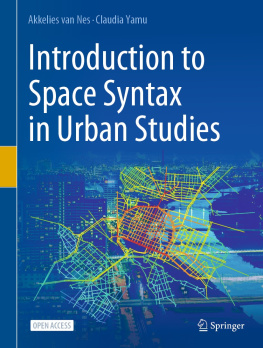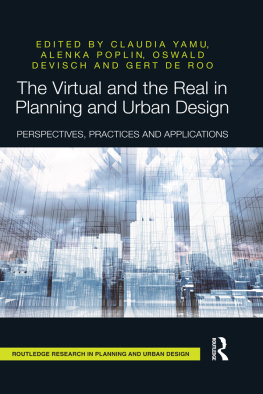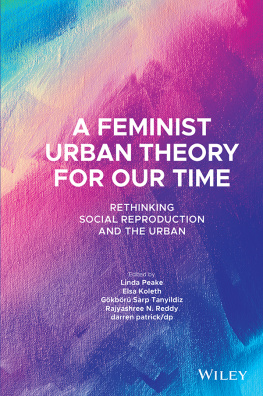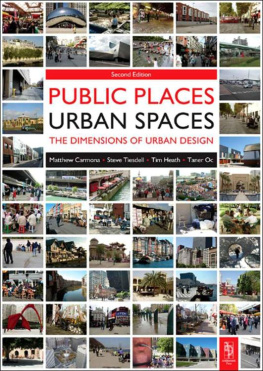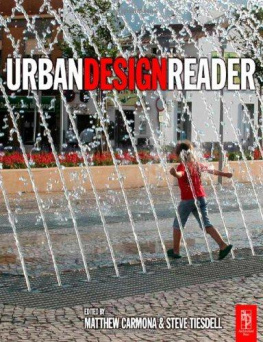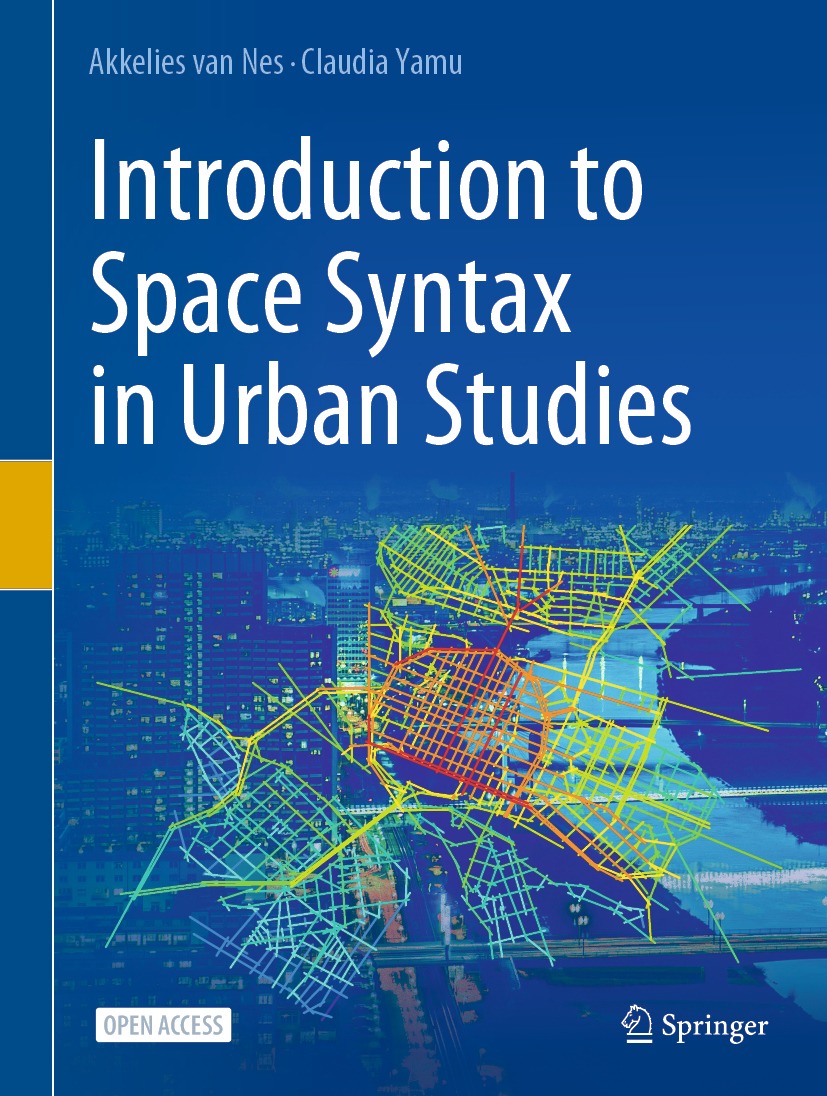Akkelies van Nes
Department of Civil Engineering, Western Norway University of Applied Sciences, Bergen, Norway
Department of Urbanism, Delft University of Technology, Delft, The Netherlands
Claudia Yamu
Department of Civil Engineering and Energy Technology, Oslo Metropolitan University, Oslo, Norway
Department of Spatial Planning and Environment, University of Groningen, Groningen, The Netherlands
ISBN 978-3-030-59139-7 e-ISBN 978-3-030-59140-3
https://doi.org/10.1007/978-3-030-59140-3
The Editor(s) (if applicable) and The Author(s) 2021
This book is an open access publication.
Open Access This book is licensed under the terms of the Creative Commons Attribution 4.0 International License ( http://creativecommons.org/licenses/by/4.0/ ), which permits use, sharing, adaptation, distribution and reproduction in any medium or format, as long as you give appropriate credit to the original author(s) and the source, provide a link to the Creative Commons license and indicate if changes were made.
The images or other third party material in this book are included in the book's Creative Commons license, unless indicated otherwise in a credit line to the material. If material is not included in the book's Creative Commons license and your intended use is not permitted by statutory regulation or exceeds the permitted use, you will need to obtain permission directly from the copyright holder.
The use of general descriptive names, registered names, trademarks, service marks, etc. in this publication does not imply, even in the absence of a specific statement, that such names are exempt from the relevant protective laws and regulations and therefore free for general use.
The publisher, the authors and the editors are safe to assume that the advice and information in this book are believed to be true and accurate at the date of publication. Neither the publisher nor the authors or the editors give a warranty, expressed or implied, with respect to the material contained herein or for any errors or omissions that may have been made. The publisher remains neutral with regard to jurisdictional claims in published maps and institutional affiliations.
This Springer imprint is published by the registered company Springer Nature Switzerland AG
The registered company address is: Gewerbestrasse 11, 6330 Cham, Switzerland
Preface
In memoriam:
Bill Hillier 19372019
Alasdair Turner 19692011
For Alexander, Robert, Aurelius, and Valerius
Keywords
Space syntax
Key Concepts
Urban phenomena Spatial theory Spatial relationships Street network analysis Socio-economic behaviour of people Land use
The Need for a Textbook on Space Syntax
Space syntaxs popularity has grown rapidly in recent years. It connects the fields of urban spatial analysis and urban design in the arena of transport, land use, and peoples behaviour. An ever-growing number of international scholars and practitioners are applying space syntax at various scales, from buildings and neighbourhoods to metropolitan areas and entire regions. Also, universities worldwide now include space syntax theory and methods in their curricula.
As pioneers of space syntax in our home countriesNorway, Austria, and the Netherlandswe are regularly asked to give lectures, talks, and workshops about space syntax to students and colleagues in the fields of architecture and urban design, urban planning, urban geography, road engineering, sociology, archaeology, and criminology as well as to practitioners and urban developers.
However, until now there was no textbook at hand providing an elementary introduction to space syntax, including exercises, in order to study and learn it in an easy to understand way. Thus, it was natural for us to respond to the need for a holistic textbook. The presented textbook provides a knowledge foundation on which the space syntax novice can build upon to become the most experienced space syntax researcher, and it is a resource for scholars who want to use space syntax in teaching and research. Likewise, practitioners can benefit from this book.
Both of us, like so many others interested in spaces syntax, got started with the well-known and challenging readings of Bill Hillier and Julienne Hansons The Social Logic of Space (1984), Bill Hilliers Space is the Machine (1996), and Julienne Hansons Decoding Homes and Houses (1999). Alexander R. Cuthbert, in his article Urban design: Requiem for an erareview and critique of the last 50 years from 2007, not only acknowledges Hillier and Hansons work to be one of the most erudite and scholarly expositions of urban spatial theory (Cuthbert 2007, p. 200), but also confirms that their The Social Logic of Space can be extremely difficult to understand, much of it buried in mathematical concepts and formulae (Cuthbert 2007, p. 200). This is in contrast to Kevin Lynchs, Rob Kriers, and Christopher Alexanders writings that are much easier to access for the reader.
After many years and a thorough insight into space syntax obtained from the perspective of academia and practice at The Bartlett School of Architecture, University College London (UCL), and Space Syntax Limited (SSL) in London, and from attending several international space syntax symposia, we observed the increasing need for a textbook to allow easy access to space syntax knowledge for all who are interested in the method.
The accumulation of personal and professional experiences was the impetus for us to write this book. This textbook gives the reader a guided tour through various aspects of space syntax in urban studies, and it further connects space syntax to urban morphology, phenomenology, and network traditions. However, this book has a long history. It has been under constant development since its first draft idea in 2004 and is based on the authors lecture notes, research projects, scientific writings, and knowledge from practice. To test its applicability and pedagogical approach, excerpts of it have been given to students and colleagues for feedback over the years. With their valuable feedback, we developed the books approach, clarified the content, and increased its applicability. Therefore, it serves as a pedagogical complement to the more difficult to understand body of existing space syntax literature.
In many countries, the scientific aspects of architecture and urban design do not receive sufficient acknowledgement. This is mirrored in the way that most urban designers and architects are educated and trained to intervene in the built environment without any evidence-based knowledge and skill set about how to approach and analyse the socio-economic impact of their urban interventions. Thus, there is a need and a challenge to introduce urban analytical research in the curriculum of architects and urban designers. The challenge is to combine while at the same time balance urban design and urban analytical research without falling into the trap of becoming overly normative. An introduction to a basic set of spatial analytical tools and their application in urban design research and practice is definitely needed.

